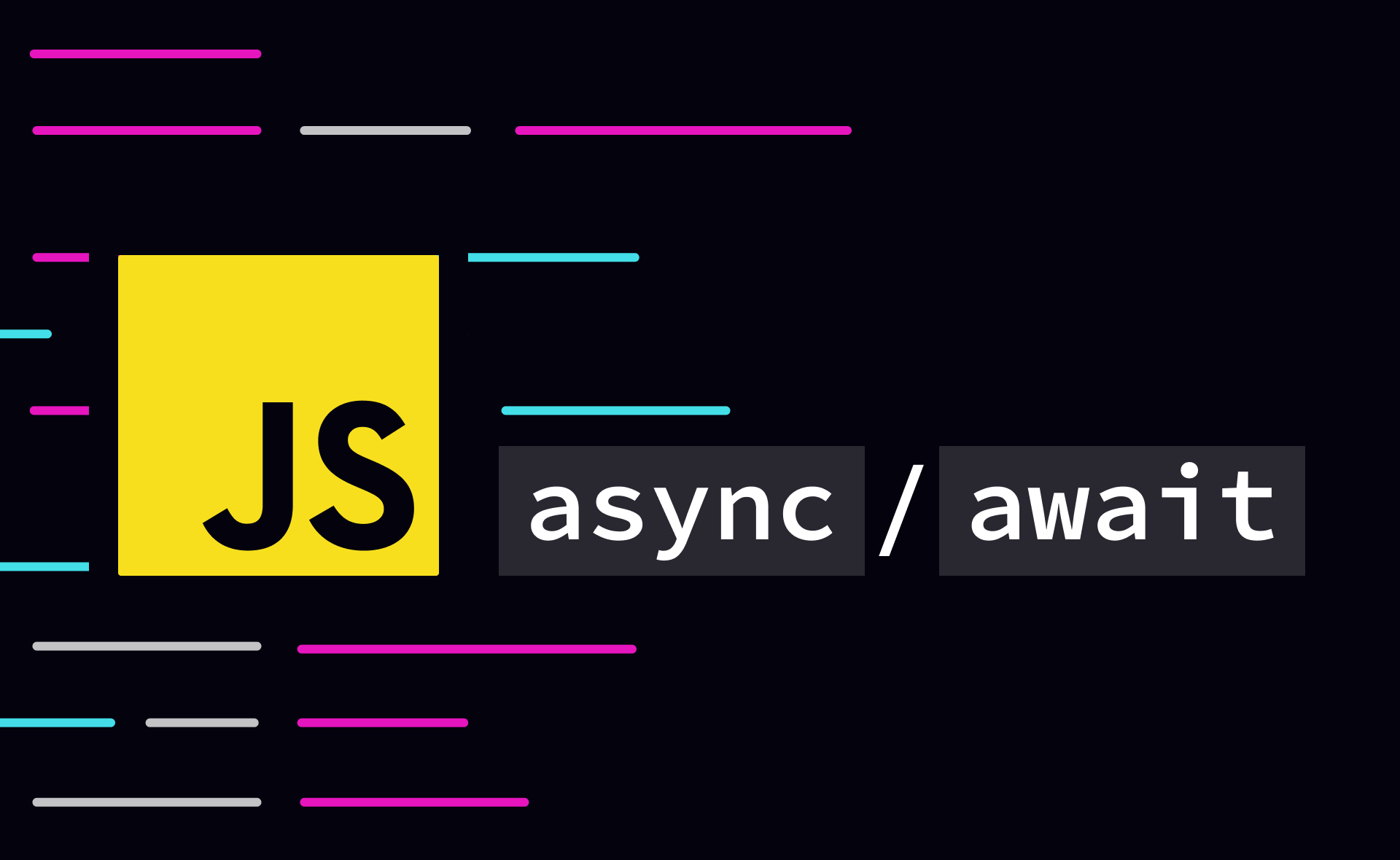-
Syntax and Readability:
-
Promises: Promises use a chaining syntax with
.then()and.catch()to handle asynchronous operations. While they are quite powerful, handling multiple asynchronous operations with Promises can lead to "callback hell" or nested structures, which can be challenging to read and maintain. -
Async/Await: Async/await provides a more concise and synchronous-looking syntax for handling asynchronous operations. It allows you to write asynchronous code in a way that resembles synchronous code, making it easier to understand and reason about. You mark a function as
async, and you can useawaitinside that function to pause execution until the awaited promise resolves.
-
-
Error Handling:
-
Promises: Error handling in Promises is typically done using the
.catch()method, which can be attached to the end of a chain of.then()calls. This approach can sometimes lead to less intuitive error handling, especially when dealing with multiple asynchronous operations. -
Async/Await: Error handling with async/await is more natural and resembles synchronous try-catch blocks. You can use a
try...catchblock to handle errors, making the code easier to follow and debug.
-
-
Sequencing:
-
Promises: With Promises, you can chain multiple asynchronous operations using
.then(). However, complex sequences of asynchronous operations may result in deeply nested code, which can be hard to maintain. -
Async/Await: Async/await simplifies the sequencing of asynchronous operations. You can write code in a linear, top-down fashion, which makes it easier to express and understand the flow of asynchronous tasks.
-
-
Error Propagation:
-
Promises: Errors in Promises can propagate through the
.then()chain until they are caught by a.catch()or handled somewhere along the chain. This behavior can sometimes lead to unexpected errors if not handled correctly. -
Async/Await: Errors in async/await functions can be caught using try-catch blocks, making it easier to control error propagation and handle errors at the appropriate level in your code.
-
-
Support for Iterables:
-
Promises: Promises do not have built-in support for iterating over multiple asynchronous tasks in a loop. You would need to use additional constructs or libraries to achieve this.
-
Async/Await: Async/await can be used in combination with loops like
for...ofto iterate over asynchronous tasks in a more intuitive manner.
-
In summary, async/await is a higher-level abstraction built on top of Promises, providing a more readable and structured way to work with asynchronous code. It simplifies error handling, sequencing, and control flow, making it a preferred choice for many developers when dealing with asynchronous operations in JavaScript. However, Promises are still essential and form the foundation of async/await, so understanding Promises is valuable when working with asynchronous JavaScript.
